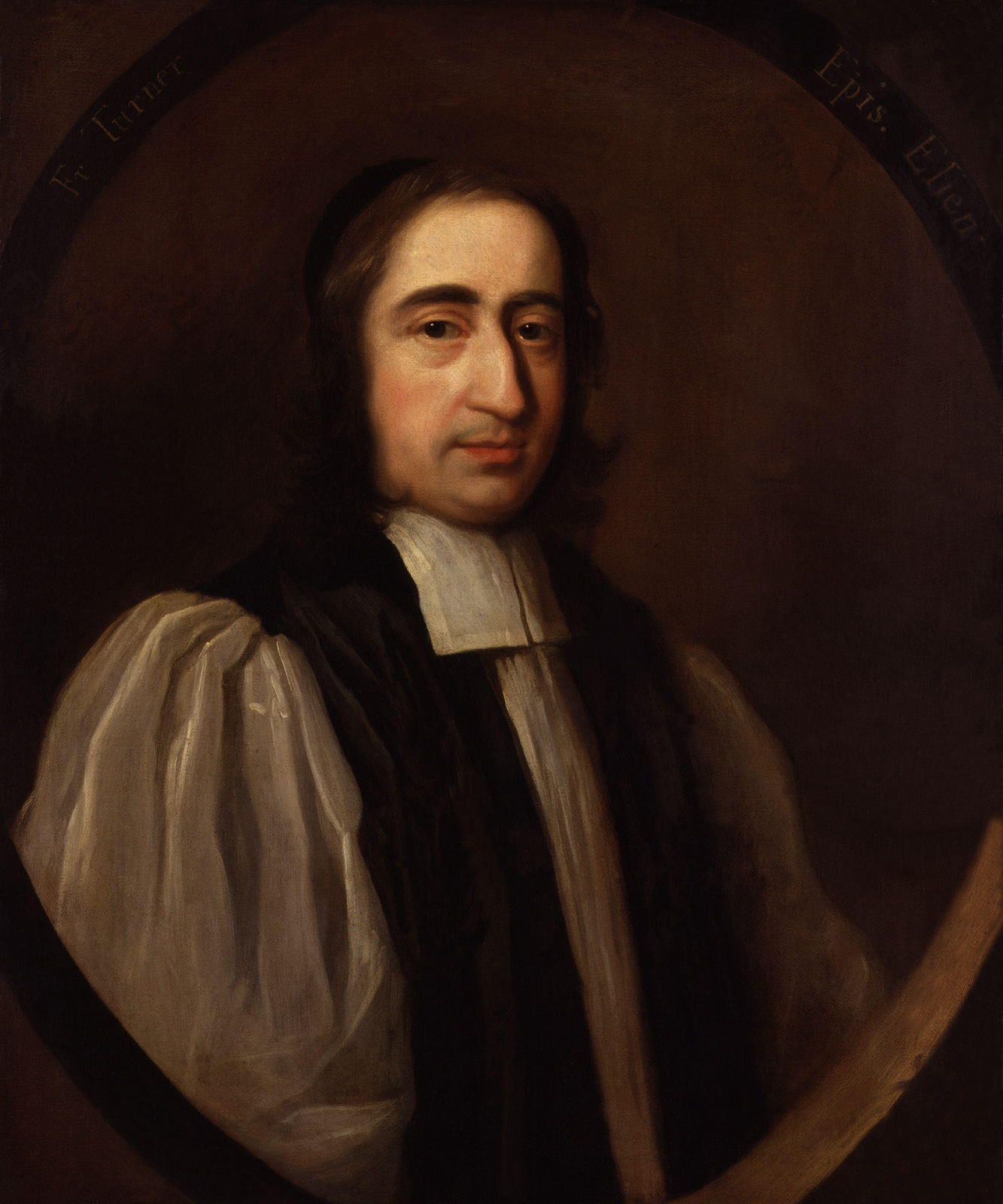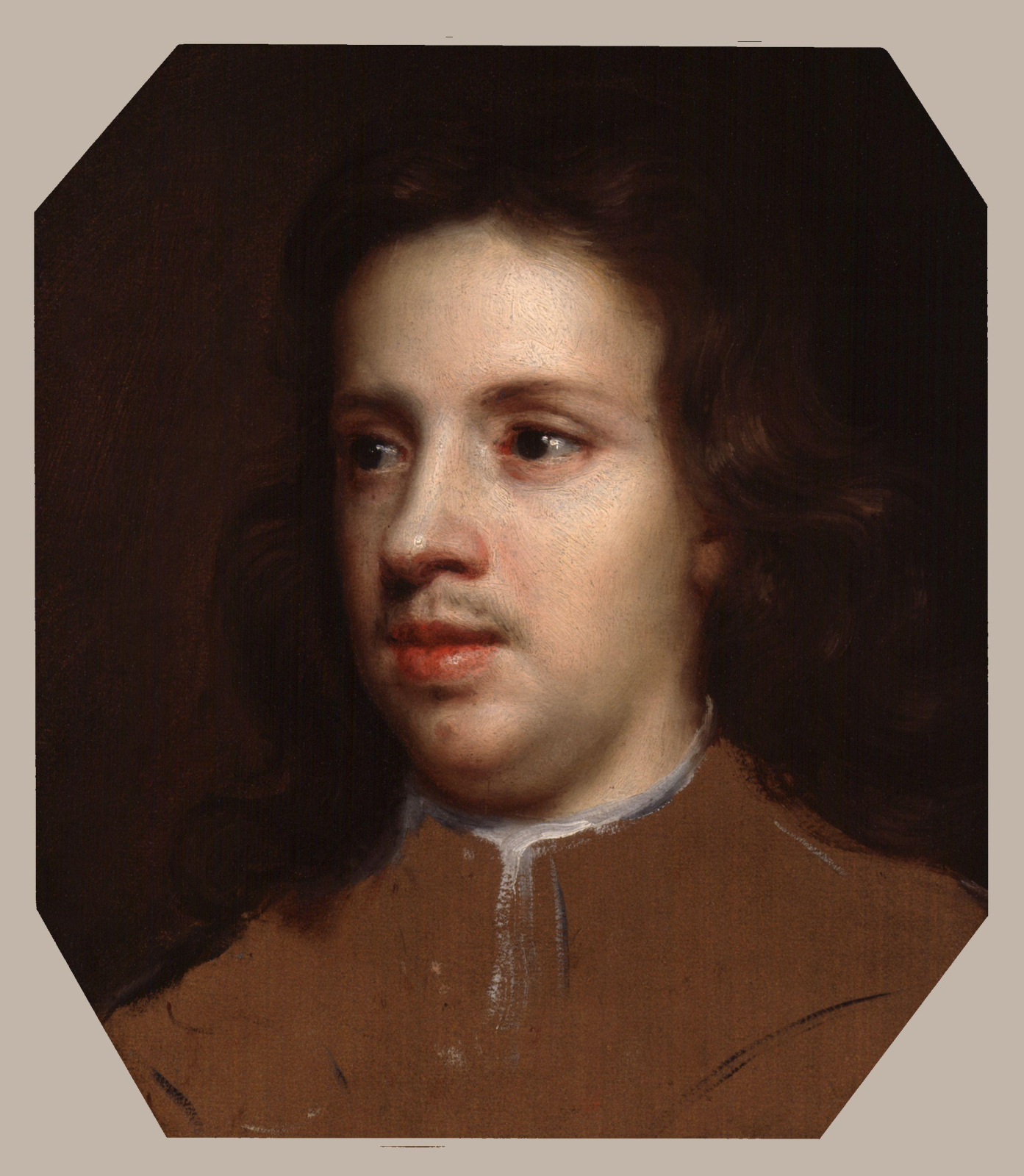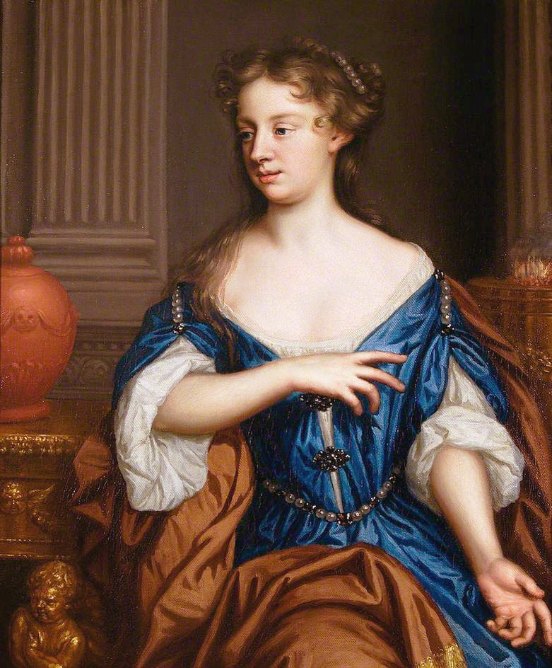Mary Beale
by Andrew Boyd
Today, a ray of light. The University of Houston presents this series about the machines that make our civilization run, and the people whose ingenuity created them.
I happened upon the name Mary Beale while reading about Sir Isaac Newton and rival Robert Hooke. It was rumored that Beale painted a picture of Hooke that Newton later destroyed. Evidence suggests no such picture ever existed, but Mary Beale was quite real, a successful portraitist in seventeenth century England.
To say England of that era wasn't receptive to career women would be a gross understatement. Women of the gentry were expected to maintain the household as genteel subordinates of their husbands. Polite dress. Polite manners. Few creative outlets existed.
Yet rays of light did manage to escape. Writing and painting were acceptable pastimes if a woman had talent...and a permissive husband...and made sure she properly managed the home.

Francis Turner, by Mary Beale Photo Credit: Wikimedia Commons
Mary Beale is actually one of a number of painters chronicled in English Female Artists, a two volume work by Ellen Clayton published in 1876 Victorian England, roughly two centuries after Beale's death. It's not a fine piece of literature — or history for that matter. The work reads more like self-assured gossip. Clayton describes the long dead King George II as "fussy, choleric, [and] deplorably dull when not scribbling off bushels of sentimental letters, or tearing around in a fuming passion... Nature," wrote Ms. Clayton, "had not wasted any superfluous fine feelings in [King George's] composition." And she wasn't finished. "Cynical, coarse, selfish, and self-engrossed, he was not a likely patron of art in any shape or form."
Still, for the biography's many failings, enough facts peek through that we're able to, well, paint a picture of Mary Beale. Beale ran in circles that included some of the great scientists and artists of her day. Through careful study and practice she became a respected amateur painter. In 1665, the first year of the Great Plague of London, her husband Charles lost his job in the patent office and the couple moved with their children to a country farmhouse. There they set up a studio that allowed Mary to expand her work.

Charles Beale the Elder, by Mary Beale Photo Credit: Wikimedia Commons
By the time the family returned to London some five years later, Mary was the family's primary breadwinner. Charles, himself an amateur painter with an interest in the chemistry of color, supplied his wife with her palette of paints. Sittings with the now established artist were in high demand and she proved prolific. Among the many notables who sat for a portrait was the "fussy, choleric, [and] deplorably dull" King George II.
'This unassuming, busy life flowed on till Mary Beale was sixty-five' author Clayton tells us. "One of those happy lives, [Mary's], full of sweetness and dignity and matronly purity, which it is next to impossible for a biographer to render 'interesting.'" Here I'm afraid I must beg to differ with Ms. Clayton. I found her telling of Mary Beale's tale most entertaining.

Mary Beale Self Portrait Photo Credit: Wikimedia Commons

I'm Andy Boyd at the University of Houston, where we're interested in the way inventive minds work.
(Theme music)
For a related episode, see HOOKE AND NEWTON.
Beale, Mary. From the Wikisource website https://en.wikisource.org/wiki/Beale,_Mary_%28DNB00%29. Accessed November 17, 2015.
E. Clayton. English Female Artists. London: Tinsley Brothers, 1876. See also: https://archive.org/details/englishfemalear00claygoog. Accessed November 17, 2015.
Mary Beale. From the Historical Portraits Image Library website: http://www.historicalportraits.com/Gallery.asp?Page=Item&ItemID=126&Desc=Portrait-of-a-mathematician-|-Mary-Beale. Accessed November 17, 2015.
This episode was first aired on November 19, 2015